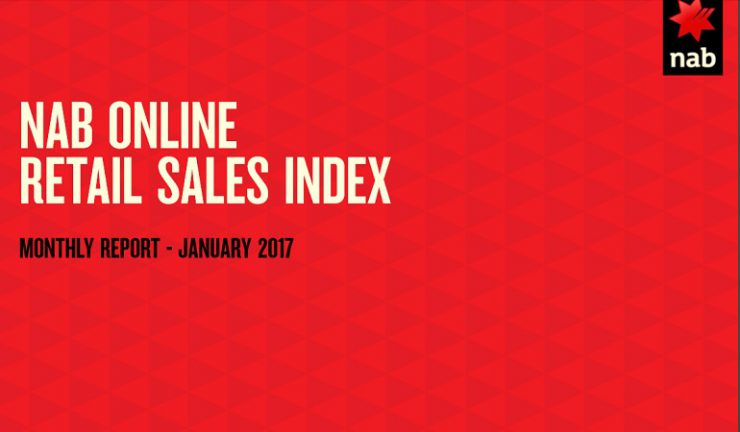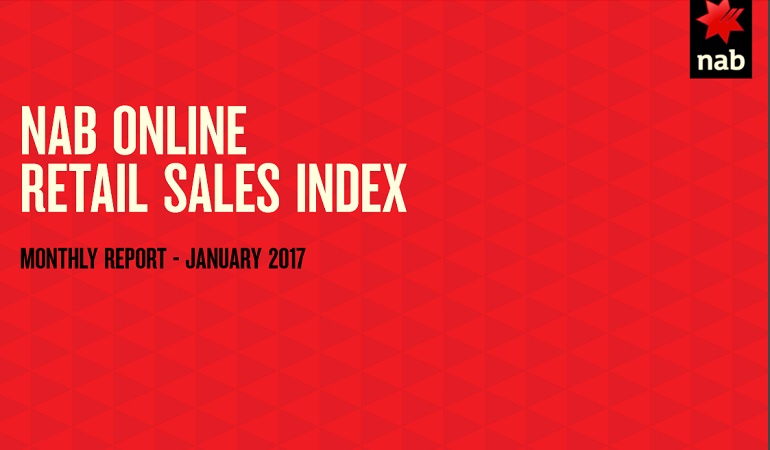By Kymberly Martin
How can appliance e-tailers stay on top?
The NAB Online Retail Sales Index contracted 0.5% in January, much slower than the revised previous month. However, year on year growth accelerated from 11.1% in December to 11.7% in January, but the revised trend estimate for online retail sales continues to slow, currently at 0.5%, down from 0.6% last month.
The January year on year result was partly due to an improvement in slowing in two larger spend share categories – homewares and appliances (17.8% yoy January vs 15.6% yoy December), along with smaller spend share categories of personal and recreational goods (13.8% yoy vs 12.3% yoy) and department stores (4.6% yoy vs 1.4% yoy).
ABS data on traditional retailers showed month on month seasonally adjusted grew 0.5% in December, with year on year growth of 3.7%. NAB estimate that Australian consumers have spent around $21.83 billion over the last 12 months to January 2017. This is equivalent to 7.2% of spending at traditional bricks & mortar retailers as measured by the ABS in the 12 months to December 2016.

As to how appliance e-tailers can help this statistic stay on the rise, SLI Systems vice president, Joe Thymian told AR, while the tech savvy can spend hours delving through aisles to find the most efficient devices, online attention spans can be much shorter. “If shoppers can’t find what they want in the first page of results, they are likely to believe you don’t carry the item and abandon your site,” he said. “By implementing rich autocomplete technology, e-tailers can ensure relevant product images are displayed in a drop down under the search bar as users enter search terms. This functionality helps visitors quickly identify the appliances or brands they are looking for, and has proven to dramatically increase conversions as much as 10 times.
“It’s great to offer your customers a large variety, but remember searching a broad term like “refrigerator” will usually return too many results and overwhelm customers.” He said to help narrow the selection to a manageable set, adding refinements such as brand, price, shipping options or ratings and reviews, can be helpful. “You can also use icons, such as brand logos or governmental qualifications, like energy star ratings, to visually display attributes or brand.”
Site visitors don’t always search for products using the same unit names or symbols. Whether they search “8.5 x 12.375” or “8 1/2 x 12 3/8,” the site search should accommodate searches with standard or metric units so customers are always presented with the right products.
“Many tools and building appliances are referenced by a SKU instead of a product name. Additionally, customers visiting your site may only have a manufacturer’s part number as a reference for what they need. Make sure your search can match full or partial SKUs, making it easy to find a product quickly,” Thymian said.
“It’s important to understand your customer. Today, shopping is either performed on-the-go or whilst multitasking. Consider your site ready if any shopper can find what they’re looking for using only their thumbs. Enhance the quality of smaller screens. Improve speed. And don’t forget the holy grail of mobile shopping: the fewer clicks, the better.”

